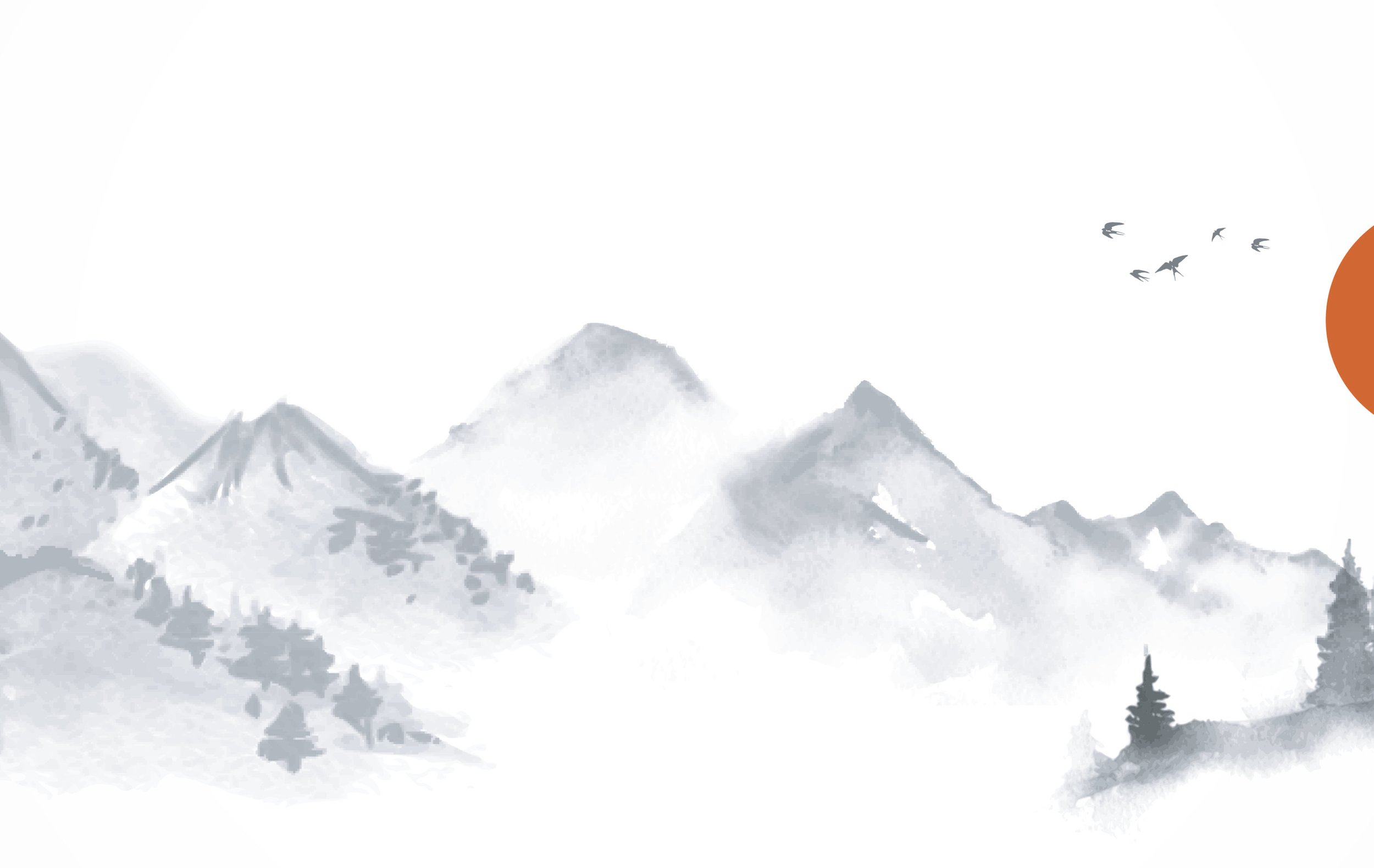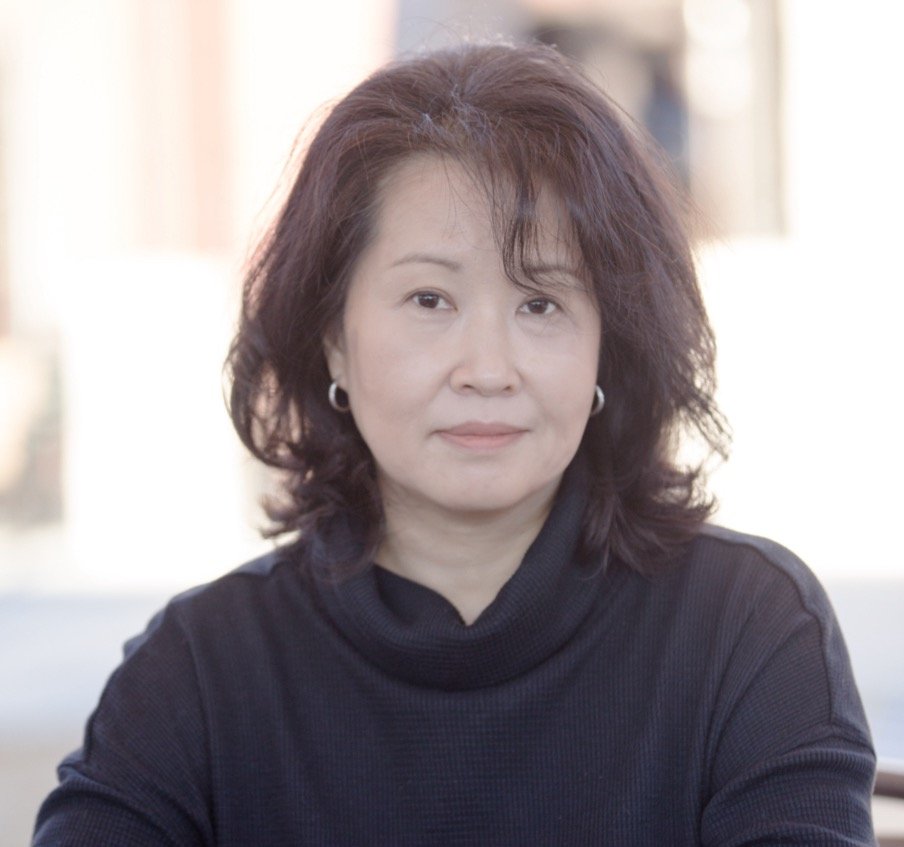the author
Dr. Sarah Kim was born in Seoul and grew up in San Francisco. She holds a M.S. in International Affairs from GA Tech, a Master of Divinity from Emory University and a Th.D. in Pastoral Counseling from Columbia Theological Seminary. She served in the United Church of Christ as an educator of progressive theology for over a decade. Her areas of expertise include Eastern philosophy and practices, and saju counseling. She believes in the commonality among the various religious traditions in their practices of transcendence through prayer and meditation. She writes full-time while continuing with her saju consultation practice. She resides in Duluth, GA, with her family and pets.
Life is not a walk in the park, and we need a practical guide to get through it.
the discipline
1. What is Saju?
It’s the Korean word for “Four Pillars,” an ancient divination art form. Reading your saju is like looking into the kaleidoscope of your life and destiny.
2. What is the theoretical framework?
Saju studies are based on laws of nature—namely the four seasons of the year created by the movements of the sun, moon, and the earth. We are the product of our natural environment; our destiny is a product of our environment as well.
3. What are the key concepts?
The Yin-Yang and the Five Phases (or Elements) concepts dominate the entire literature on Saju studies. All things that exist are energies in their purest form. And energies can be divided into Yin or Yang, and categorized into Five Elements: Wood, Fire, Earth, Metal, or Water.
4. What are the benefits of Saju reading?
Saju reading is about finding guidance to navigate through life’s questions and challenges. Your Saju is like a car and your Luck Cycle is like the road the car travels on. Saju reading is equivalent to exploring the car’s journey on the road—with you behind the steering wheel.
5. Can anyone learn to read Saju and become a Saju Master?
If you have a teachable, seeker’s heart, yes. If you’re willing to do the work and learn, yes.
6. Are there good and bad Sajus?
A Saju represents its owner’s living environment, and just like anywhere in the world, there are comfortable environments as well as challenging environments.
7. What should you do when you have a bad, or challenging, Saju?
When a Saju is imbalanced, it challenges its owner in a variety of ways. Finding (mental, physical, spiritual) balance is the key to overcoming the challenges.
8. How do you balance an imbalanced Saju?
With effort, diligence, and commitment. It may not be easy, but can be done. First you must diagnose your Saju and identify the disease. Then search for the cure.
9. Define Saju in a nutshell.
On the mundane level, it works like a weather forecast—except you’re forecasting the environmental context of your next day, week, month, year, decade, and beyond.
On the deeper level, it is an oracle that reveals hidden secrets behind your life and why you exist.

Continue reading the article: Nature as Our Teacher and Guide
In the book, Be Your Own Saju Master: A Primer of the Four Pillars Method, I introduce another type of location informed by nature’s cyclical patterns. It is a location unique to each individual that reveals information about their living environment and life experience. This location is defined by Saju, the Korean word for “Four Pillars.” A Saju is composed based on a person’s year, month, day, and hour of birth—the four temporal contexts establishing the Four Pillars. Everyone is assigned a Saju at the moment of their first breath taken outside the womb. A person’s first breath is given special importance because it is her first encounter with Yang energy. Yang energy represents metaphysical reality, nature’s unseen forces. Though oxygen is a chemical element with physical properties, its abundant presence in the earth’s atmosphere (known as the sky) makes it Yang by nature and is associated with heavenly energy. On the other hand, Yin energy represents physical reality—everything we can see and touch—which is associated with earthly energy. When we accept that all of creation, both animate and inanimate, are energies in their purest forms, we can see the significance of one’s birth where Yin energy (the baby’s body) meets Yang energy (the breath of life), culminating in a complete Yin-Yang harmony called individuated life.
Once a person is born and prescribed a Saju, the personal journey begins. The four pillars of Saju come with eight characters (two characters per pillar) that can be decoded to describe the journey. The act of decoding the characters or interpreting one’s Saju composition is often referred to as “fortune telling.” This is a stigmatized term that can be misleading since a person’s fortune is not something inalterably ordained so that it is told once and for all. A Saju is more like a road map that offers guidance for our journey through life. It informs its owner about life’s critical junctures so she can prepare and make informed decisions. Similar to weather forecasting, saju reading helps us forecast the kairos moments of our lives so that we may plan accordingly.
In light of the hardship they experience in life, people frequently ask, “Is my Saju really bad?” A Saju shouldn’t be categorized into good or bad, just as an obstacle course on a game field wouldn’t be categorized into good or bad. An obstacle course can be best described by the level of difficulty it presents to the player. Sajus foretell the difficulty levels of lives. The level of difficulty can be surveyed by one’s inherent character and external circumstances illuminated within the Saju composition. The difficulty lies in an imbalance of Saju’s natural environment depicted by the different elements and their yin-yang energies. What, then, can be done about these difficulties? It so happens that each Saju is assigned a set of luck cycles that may help balance the Saju. As luck cycles change over time, no ill or good luck stays forever. This is because Yin and Yang must always alternate, like the sun and moon alternate dominance over the sky.
When an imbalanced Saju can’t benefit from its luck cycles, it presents a predicament. As a reader, I’ve faced helpless situations with clients seeking relief from difficult life situations. People suffering from critical illnesses, dysfunctional families, abusive relationships, and financial losses are among them. Clients tend to seek help after misfortunes hit, so it’s often too late to avoid life’s mishaps by being informed. This is understandable since help isn’t required when things are going well. This is why I am motivated to teach people how to read their own Saju so they can plan ahead. In saying this, I don’t mean to minimize the universal predicament of human existence laced with tragedies and misfortunes. Life is what it is; we have to face and live it and do what we have to in order to survive and thrive. But we can benefit from some information beforehand. We explore the Enneagram or MBTI to learn more about ourselves and others. Consulting our Saju chart is no different. We may get a better sense of who we are and our life’s path by probing the meaning encoded in the eight characters of our Saju.
People sometimes ask why I’ve become a Saju Master after a career in the church as an ordained minister and counselor trained in Western psychology. Some even give me a pitying look—perhaps because they believe my former life was a better one. Admittedly, there has always been socially conditioned prejudice toward practicing the Four Pillars Method. It is generally known as an ancient art of divination; and because so few people have mastered the art, there is a lot of mystery and suspicion surrounding the Method. But the trend is changing. Especially in Korean society, the general public has liberal access to information about the Four Pillars Method as scholars and practitioners actively voice themselves through publications and media outlets.
The literature on Saju studies entails a set of theories and symbols that trace their origin to the Chinese classical text called I Ching (The Book of Change)—a literary invention dating back a few thousand years. When this body of knowledge spread from China to other parts of the Northeast Asian region including Korea and Japan, the Four Pillars philosophy developed according to various cultural contexts. I coined the term “sajuology” to refer to the Four Pillars philosophy from the Korean scholarly perspective. Sajuology should be distinguished from Chinese astrology—or even Korean astrology. While astrological wisdom may be a component, the Four Pillars philosophy delves deeper into nature to discover truths about human nature and destiny. This is why I appreciate a prominent scientist saying these words: “Look deep into nature, and then you will understand everything better.” Albert Einstein observed and learned from nature and made scientific discoveries. We may also learn from nature and discover the divine purpose behind our lives.




